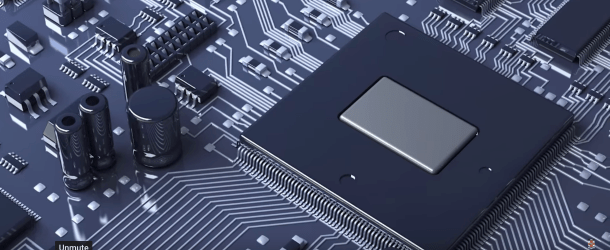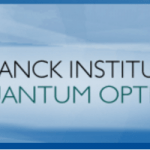UOregon’s New Quantum Scientist Aims to Get Qubits Talking

(U.Oregon.edu) David Allcock has arrived at UO and bringing a project which he helped design at the National Institute of Standards and Technology with him. His eight-member team produced the tiniest measurement of motion – down to trillionths of a meter – documented so far of a single electrically charged atom known as an ion.
His lab, under Willamette Hall, is being built to his specifications following a demolition and retrofit of existing space. It is expected to be completed by 2020. It will feature the same tabletop ion-trap equipment that he helped design and use. “The technique we used at NIST was designed to improve the building block for storing and transmitting quantum information,” said Allcock, who earned a doctorate from the University of Oxford.
“You have two qubits. You need to have gates between the two,” he said. “These qubits, which we stored in the ions, don’t talk to each other as they sit side by side. By exciting their shared motion in a way that’s dependent on their state, we give them a ‘bus’ to talk over. It has all to do with the motion.”
To do that, Allcock’s team uses lasers and microwave energy to generate motion. The idea is that in quantum computing, qubits can exist in multiple states at once, rather than just up or down, or on and off — a capability related to data storage and transfer that could revolutionize the computing industry.






















